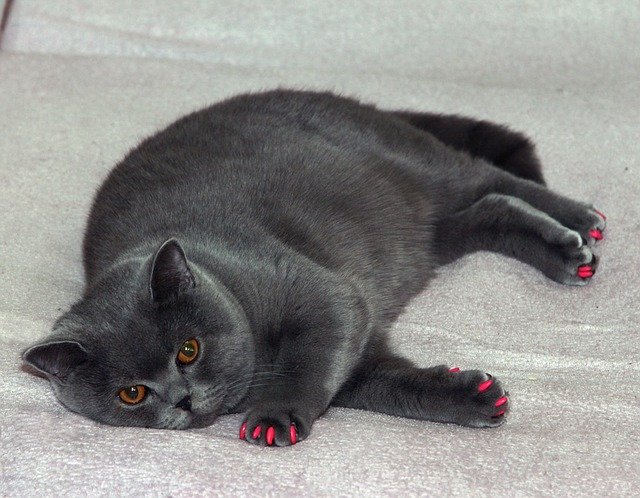Diabetes! Haven’t we all come across this term multiple times in our lives? After all, it is one of the most common and severe diseases for humans. Often, we as pet owners do not realize the seriousness of this condition when it comes to the healthy well-being of our pets.
Knowing how to prevent diabetes in your cat is crucial for keeping your feline family members happy and healthy.
What Is Feline Diabetes
On average, 1-2% of the overall population of domestic cats suffer from Feline Diabetes, also known as Diabetes Mellitus (Diabetes in Cats).
Just like the disease affects the human body, diabetes in cats also involves a deficiency of Insulin which causes irregularity in the blood sugar level.

The main signs and symptoms of diabetes in cats are an increase in thirst and urination. And while it can occur in cats of healthy body weight, it is more common in obese cats. Because their bodies can’t use the fuel provided in their diet, some diabetic cats have an unfulfilling hunger.
How To Prevent Diabetes In Your Cat
Although some of them will be prone to develop diabetes genetically, even under the best conditions, for others, it is always better to prevent diabetes rather than treat it after your cat is affected.
Therefore, here are the points you need to keep in mind to control your cat’s diabetes naturally:-
- Provide your cat with a high-protein, low-carb meal that closely matches the carnivorous diet cats have evolved to consume. This typically involves limiting dry food consumption and increasing canned food, but make sure to read the ingredient labels on various cat food types to make the best decisions.
Avoid overfeeding them carbohydrates because that makes some
cats insulin resistant. Therefore, feeding your cats a low
carbohydrate meal will prevent insulin resistance and diabetes.
- Take your cats for regular veterinary checkups and get blood and urine screenings to get diabetes or prediabetes warnings.
- Reduce the use of steroid treatments for allergies, asthma, some malignancies, and inflammations. While steroids can be helpful therapies for some diseases, they can also raise a cat’s chance of getting diabetes if misused.
- Allow plenty of exercise and physical activity for your cat by providing areas for climbing, jumping, and scratching. Include playtime in your daily routine so you may connect with your cat by pouncing, stalking, and other games. This will keep the animal active and agile.
- Another factor is the amount of food your cat consumes every day. Obesity in cats is one of the most common reasons for developing Type 2 diabetes.
Do you love treating your pet now and then with delicious meals? If yes, make sure to limit the amount of their meals to keep their overall calorie intake in check, and weigh them regularly to make any necessary diet adjustments. This will maintain a healthy weight for your cat, avoiding the chances of being diabetic.
Following these steps is enough to ensure a healthy and long life for your feline family members, unless they have a genetic tendency for being diabetic, in which case, you don’t have a choice. Consult a veterinarian and begin the treatment to keep things under control.